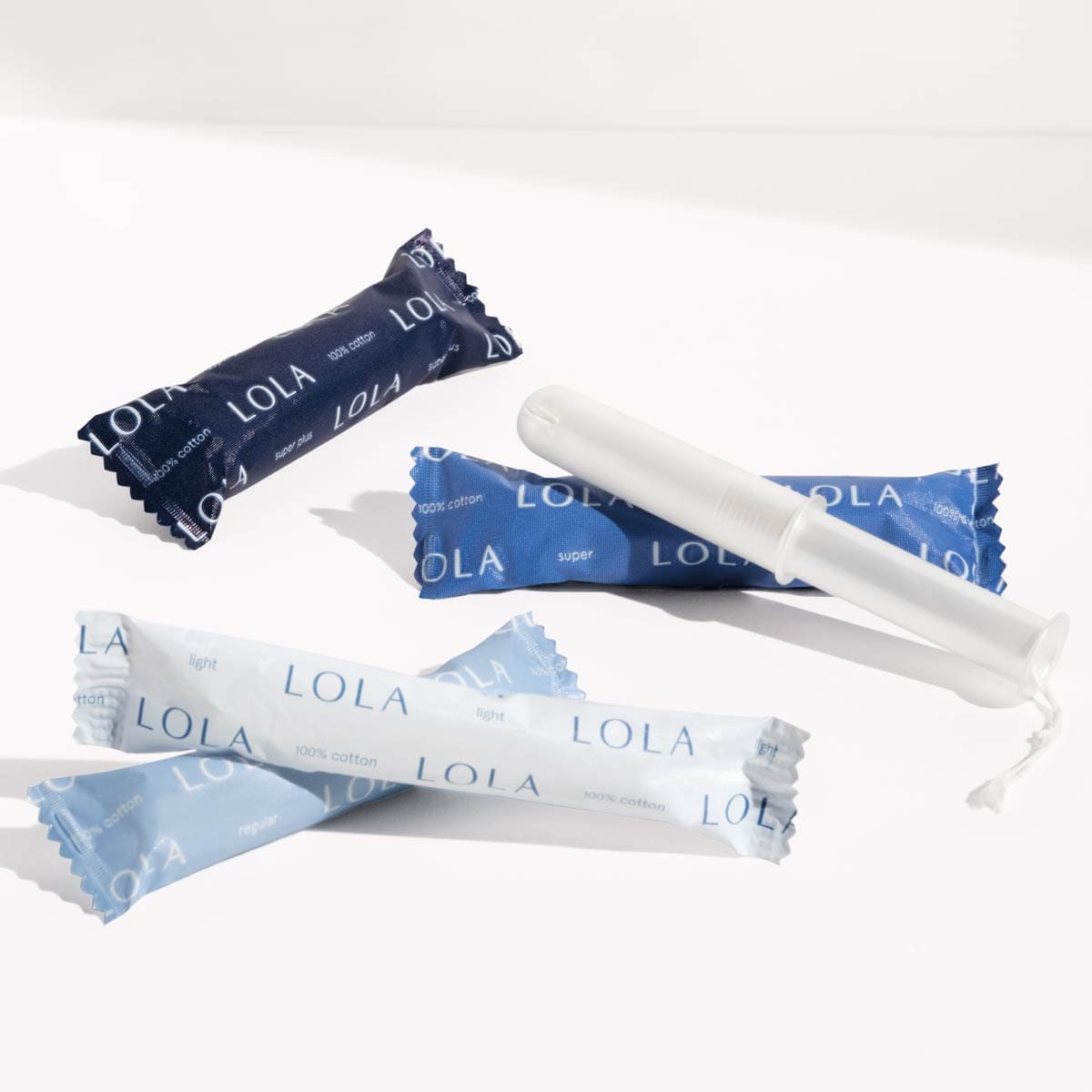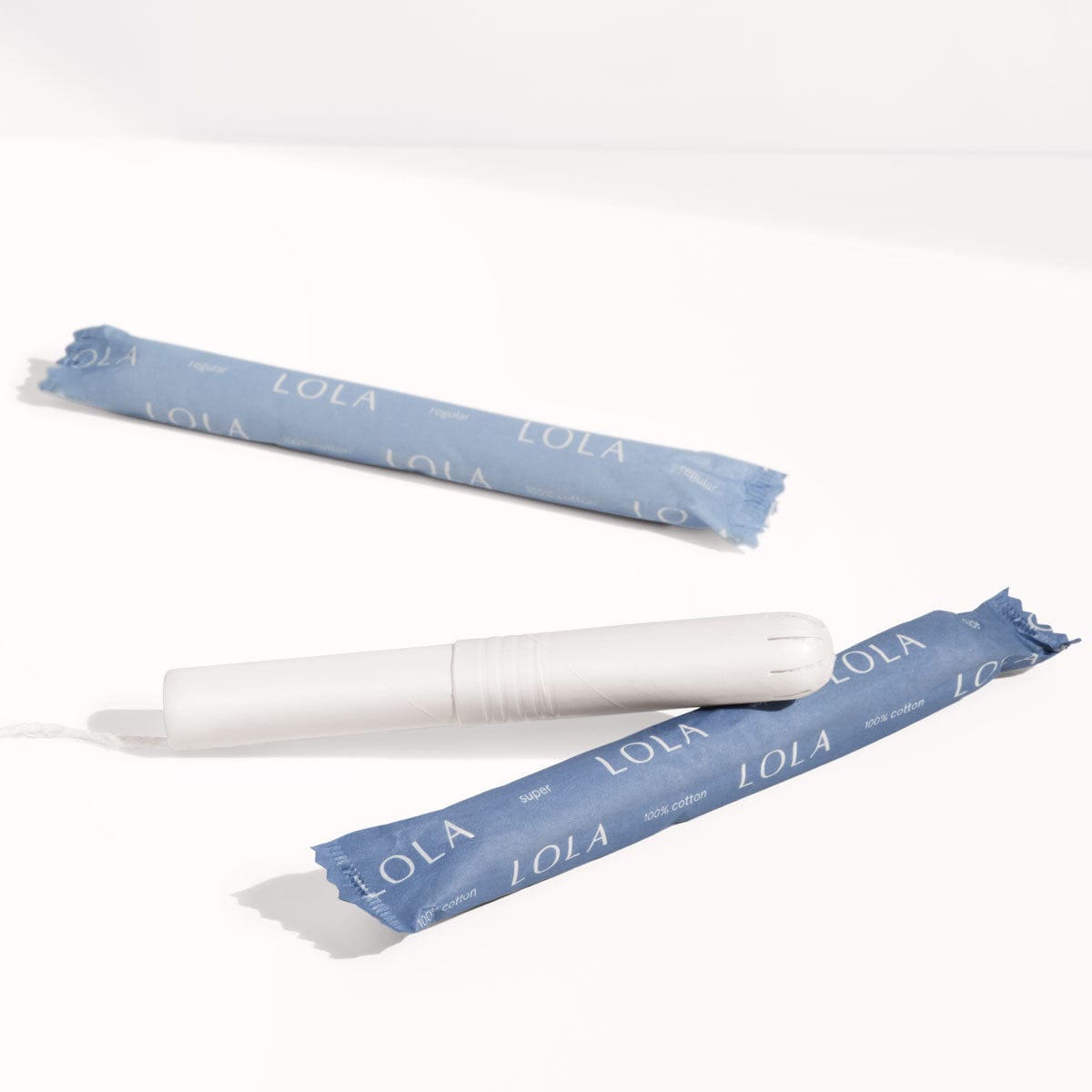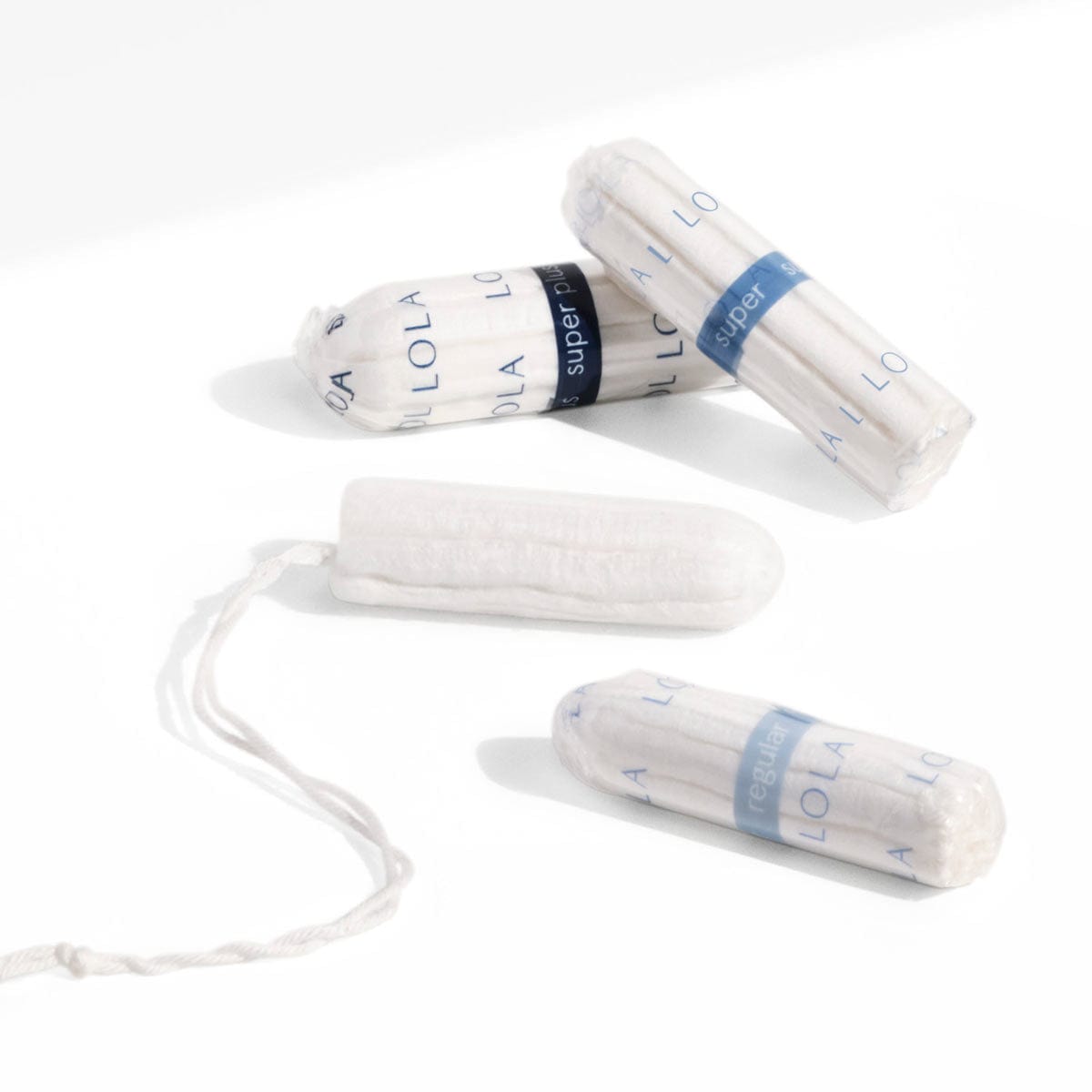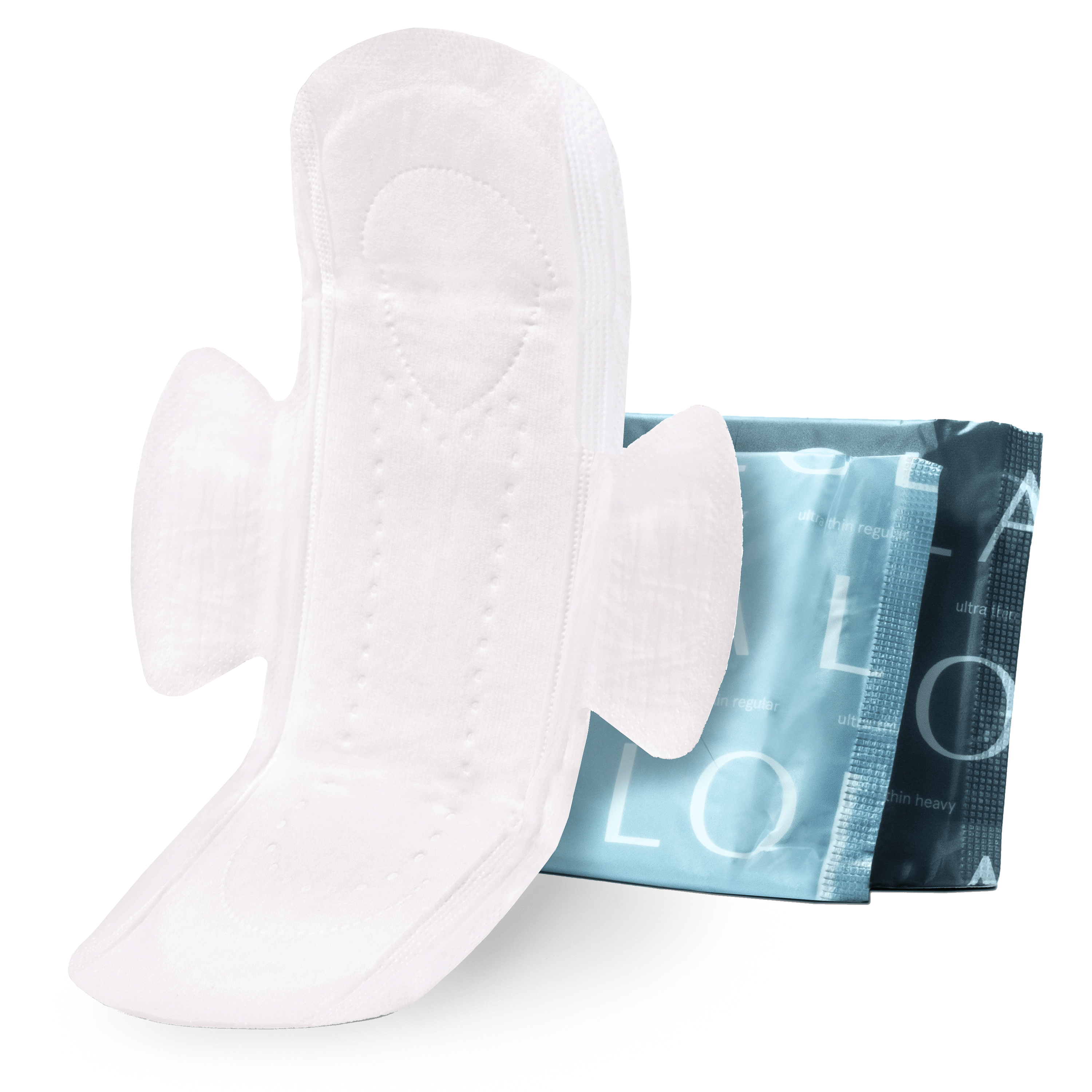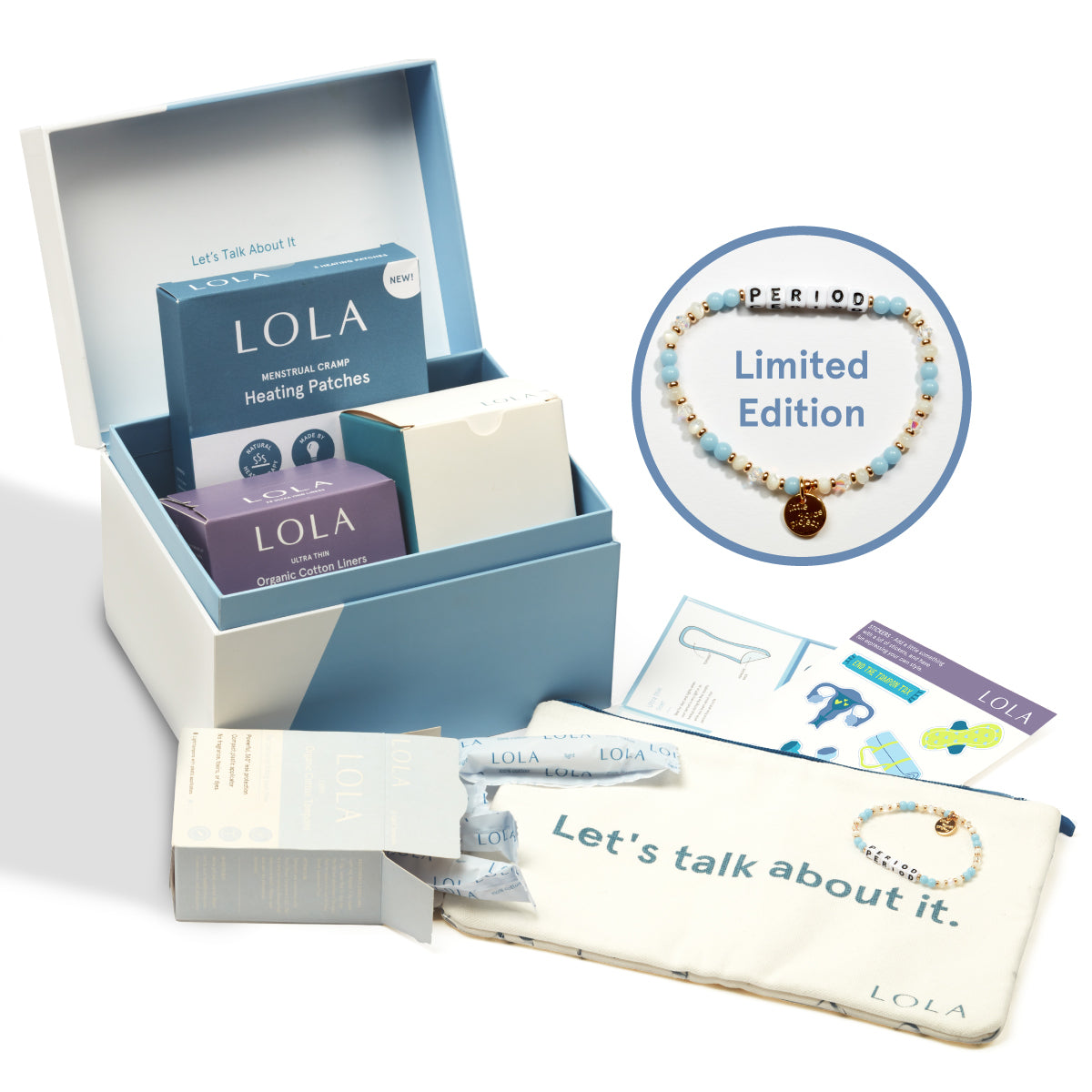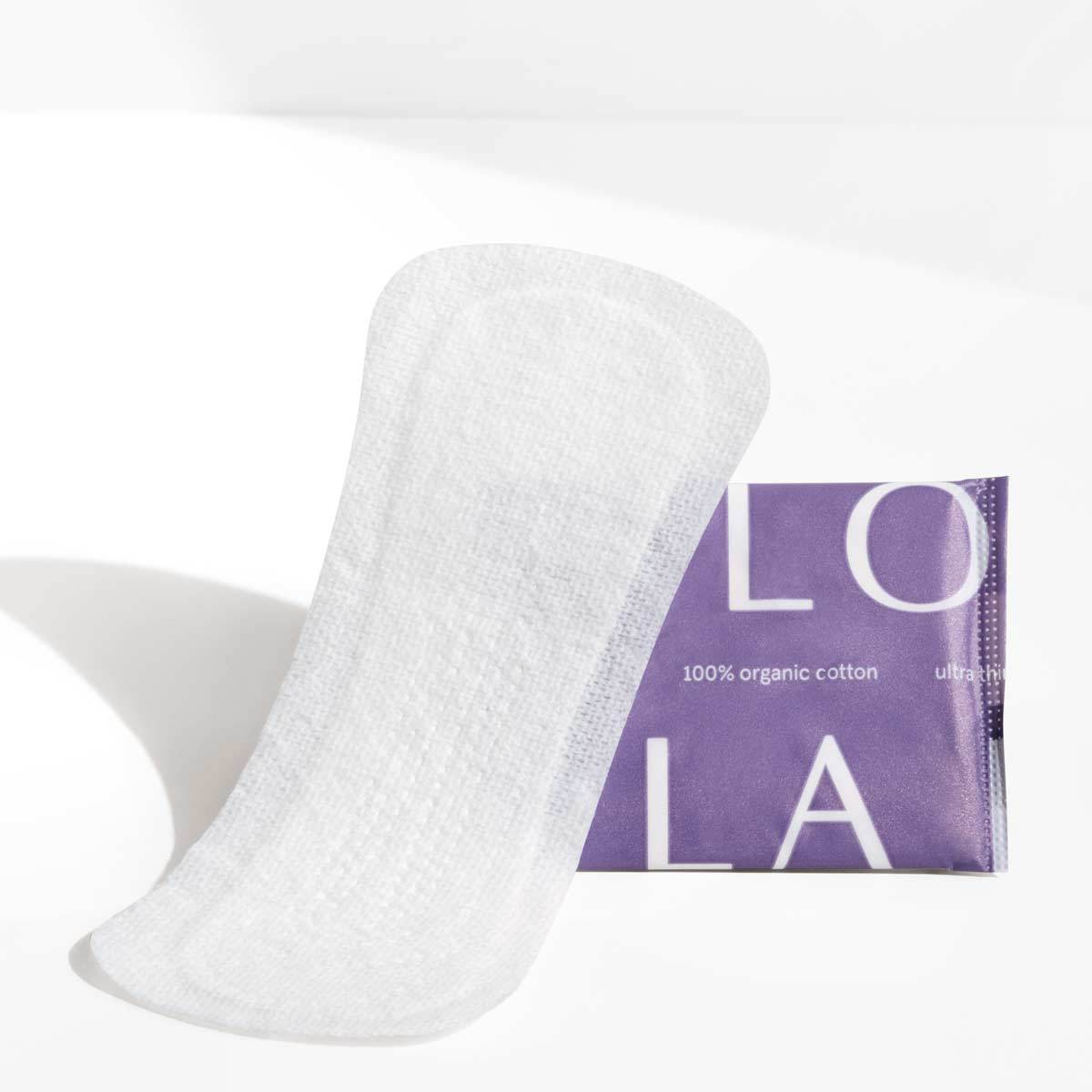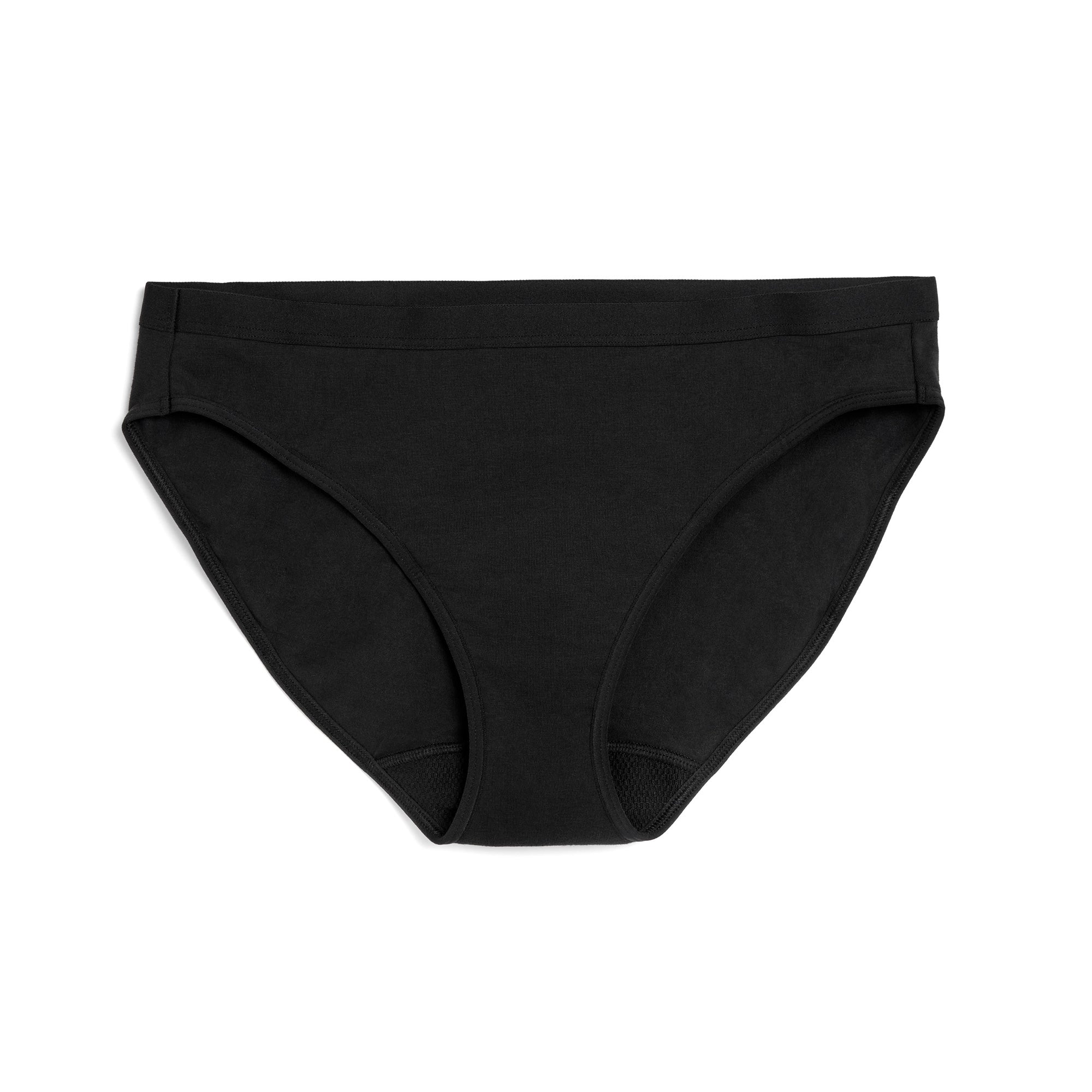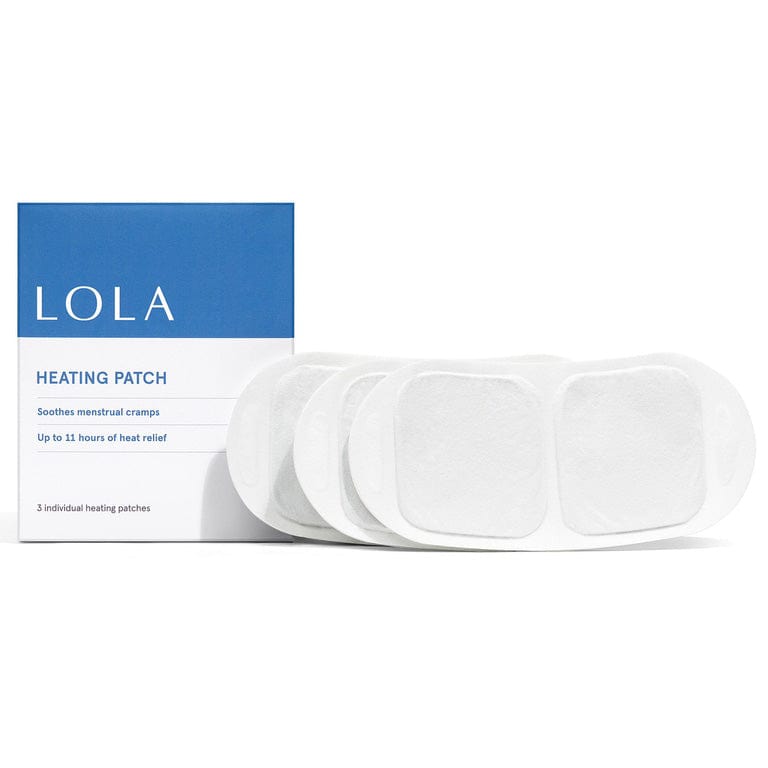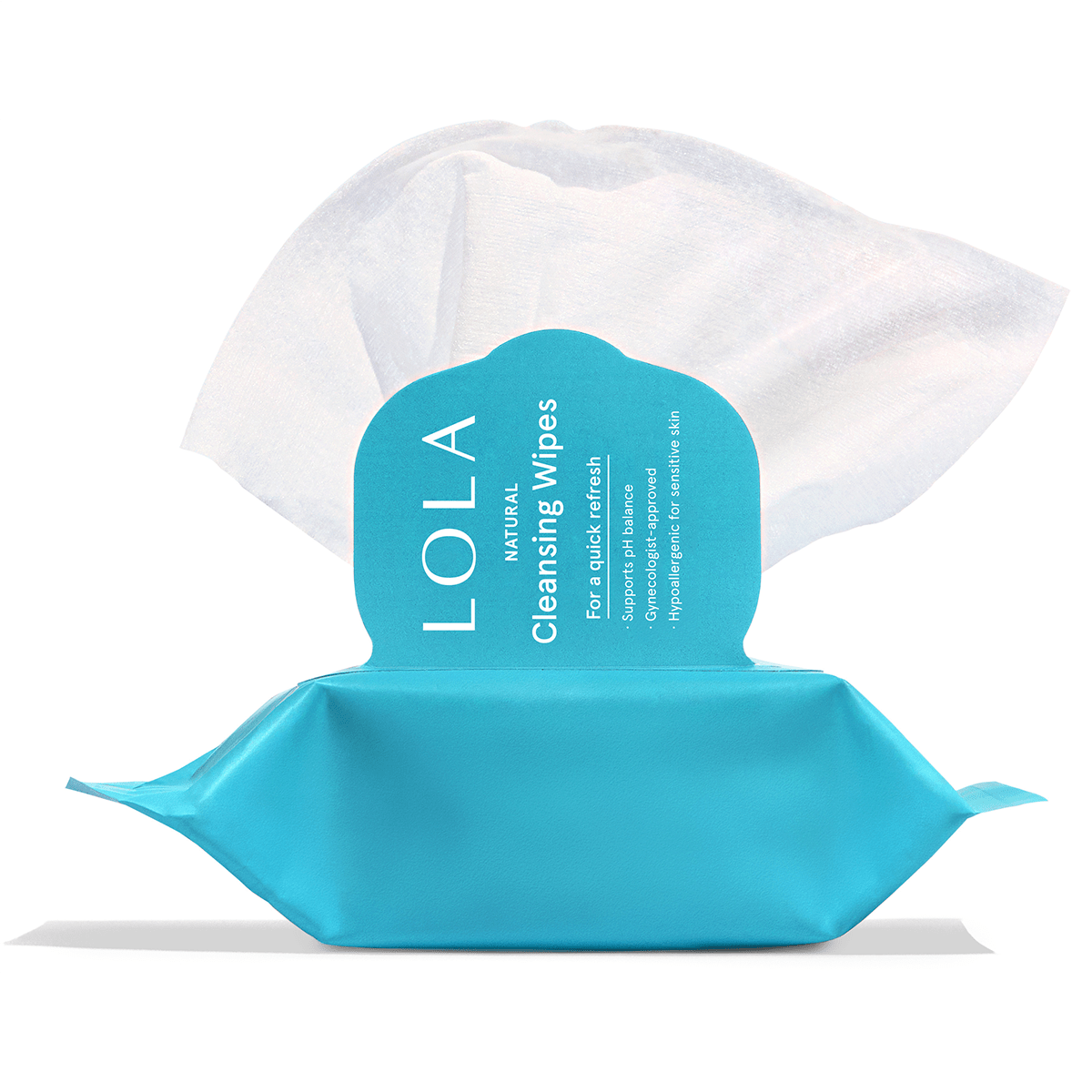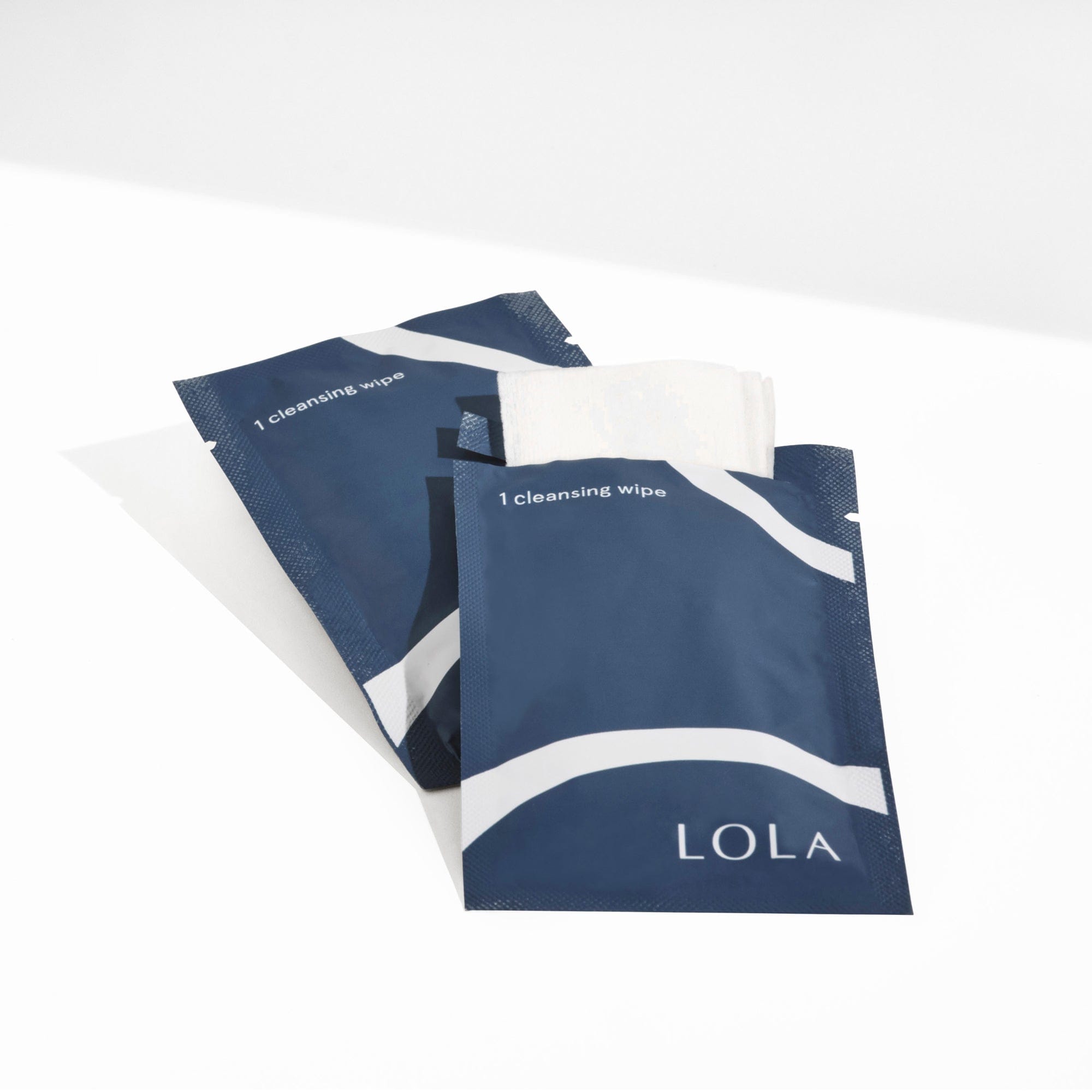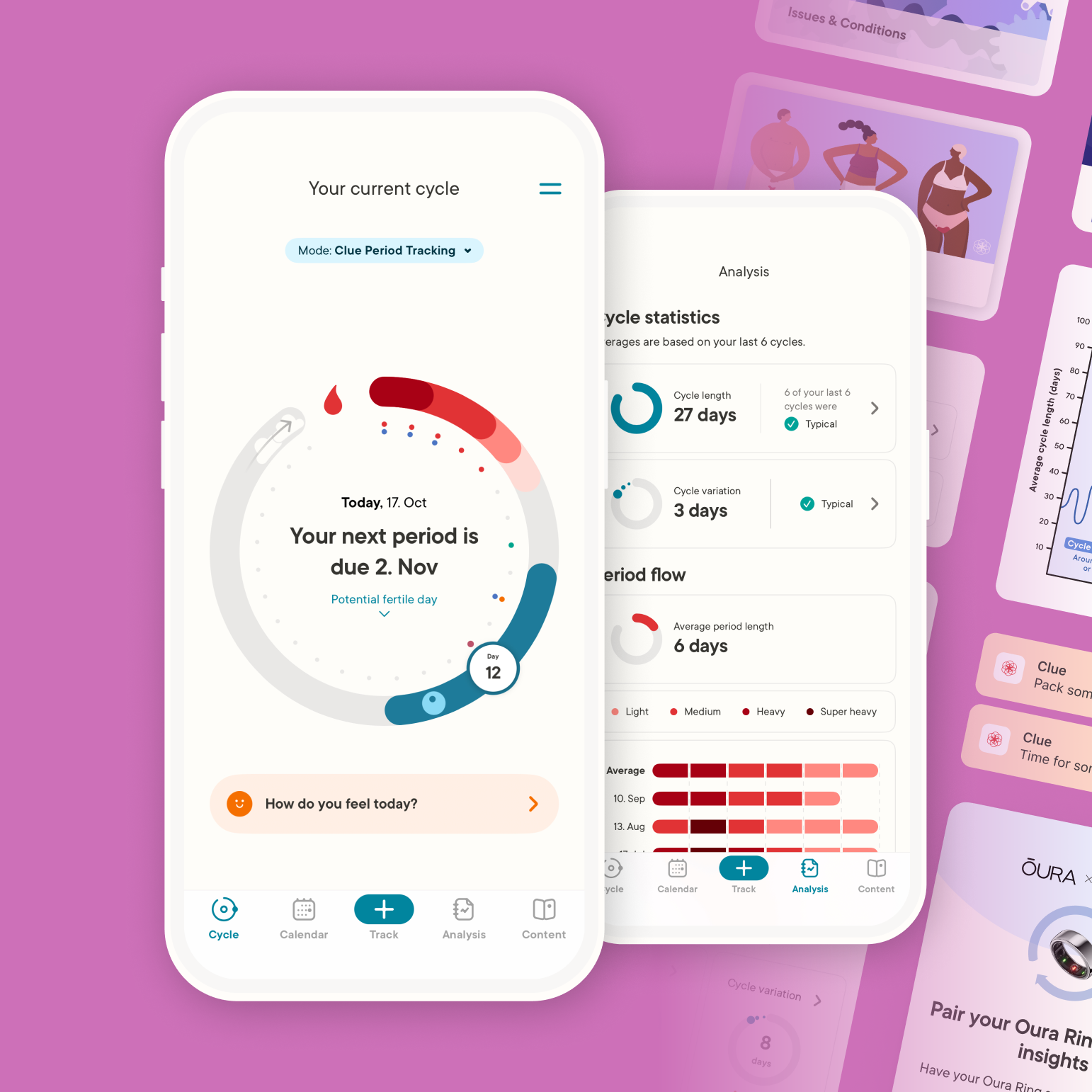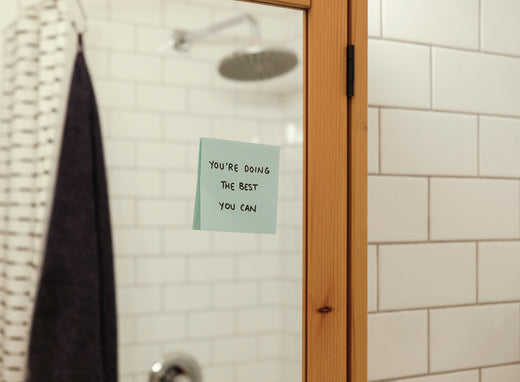As a new mom who has just created a beautiful human, you’re likely going through many new changes. Your hormones are out of whack, you’re exhausted and sore, and are probably feeling all sorts of emotions. And then there’s the bleeding.
Postpartum bleeding is something that all new moms have to go through, but it doesn’t have to be an unpleasant experience. Using comfortable and effective personal care products like pads and diapers can make your postpartum experience more bearable.
Here, we’ll discuss two postpartum care products, diapers and pads, and guide you on which to choose when.
Understanding Postpartum Bleeding and Recovery
Postpartum bleeding is known as lochia and typically lasts up to 6 weeks after giving birth—whether it’s a vaginal delivery or a C-section. Lochia is a mixture of blood, mucus, amniotic fluid, leftover fetal membranes, and uterine lining tissue that your body develops during pregnancy. Once the baby is delivered, these substances are no longer required, and your body sheds them as it returns to its pre-pregnancy state.
There are three stages of lochia or postpartum bleeding:
- Lochia rubra: This is the first stage of lochia, where bleeding is heaviest. The blood during this period is very dark and red and contains clots. This stage lasts around 3-4 days and is very similar to a heavy period flow.
- Lochia serosa: This second stage of postpartum bleeding lasts anywhere between 4-12 days. The blood lightens up, turning pinkish brown, and becomes more watery. You’ll see very little to no blood clots.
- Lochia alba: This final stage lasts between 12 days to 6 weeks and mostly contains yellowish white discharge with little to no blood. You also won’t see any clotting in this stage.
Bleeding for 6 weeks straight, especially after giving birth can be uncomfortable, and you may feel a bit of fear of leaking. This is all normal. That’s why it’s important to choose the right product for your postpartum recovery so that you remain comfortable and at ease. Let’s see how postpartum pads and diapers stack up against each other and how to choose the right product for your needs.
Postpartum Diapers
Also known as maternity diapers, postpartum diapers are designed to keep you comfortable and leak-free during your postpartum recovery. Think of them as disposable panties that come with an absorbent lining.
Postpartum diapers are thinner than regular adult diapers, so they should be changed at least 4-5 times daily, depending on your postpartum blood flow. Both are high-waisted with a broad waistband, but postpartum diapers are typically seamless, resting more comfortably over your postpartum belly without putting a lot of pressure on it.
Here are some benefits of postpartum diapers, according to Dr. Navya Mysore, primary care physician and women’s health expert.
Benefits of Postpartum Diapers
- Comfort: Postpartum diapers are soft, flexible, and mold to your body shape. This makes them sit softly on your skin, without irritating your C-section scars or putting pressure on your postpartum tummy. Their breathability and light weight add to their overall comfort.
- Coverage: These diapers are hipster-style, meaning they offer full coverage over your bum and beyond. You get 360° coverage, making you feel at ease.
- Convenience: Postpartum diapers are disposable (mostly), making them very convenient to just use and throw out. “You probably don’t want to think about changing your pads and washing your underwear during this period,” says Dr. Mysore.
- Leak protection: Postpartum diapers have a very absorbent lining which is designed to soak up your heavy blood flow. Since they offer coverage over your entire bum, you won’t have to worry about your blood leaking.
Challenges with Using Postpartum Diapers
- Bulkiness: Postpartum diapers can look and feel bulky, especially if you aren’t used to wearing them. This could add to your discomfort.
Postpartum Diapers vs. Postpartum Underwear
Postpartum diapers and underwear are pretty much the same thing. There are two different types of postpartum diapers (or panties), however.
One is a normal panty with a built-in absorbency lining (think period panties), while the other is a mesh panty. With the latter, only the gusset area (where the blood will be collected) is absorbent, while the rest of the diaper is made using mesh-like material. Hospitals typically provide these after delivery, so Dr. Mysore encourages asking for another set or two at the hospital if you like wearing them!
However, she cautions that the mesh underwear provided at hospitals is not made of cotton but rather a stretchy material. Dr. Mysore advises:
If you're sensitive, I would recommend trying something different. If you're not sensitive, there's nothing wrong with wearing something that's not 100% cotton as your underwear.
If you have sensitive skin and/ or are allergic to synthetic materials, choose postpartum underwear made of cotton.
Stay supported through every postpartum moment with LOLA’s organic postpartum underwear — soft, breathable comfort you can count on. Shop Postpartum Underwear.
Postpartum Pad
Pads need no introduction. Postpartum pads (also known as maternity pads) are similar to regular menstrual pads in the sense that they’re designed to absorb your blood flow; however, postpartum pads are typically thicker, wider, and more absorbent than your normal pads. They're also made using softer materials so as not to irritate your sensitive bits. In short, postpartum pads are specifically designed with postpartum bleeding and recovery in mind.
Benefits of Postpartum Pads
- Flexibility: Be it cotton briefs or cheeky panties, postpartum pads can be worn with any type of underwear, giving you a lot of flexibility in terms of choices.
- Variety: Postpartum pads come in a variety of sizes and absorbency levels, ranging from a 250 ml holding capacity to 850 ml. To put things into perspective, a normal sanitary pad can hold a maximum of 10 ml of liquid. The variations in sizes means you’re sorted throughout your postpartum bleeding period–right from lochia rubra to lochia alba.
- Discreetness: Maternity pads aren’t very bulky unlike diapers, which means no one will be able to notice what’s going on down there. You may also find them more comfortable than diapers, but this is a personal preference.
Challenges with Using Postpartum Pads
- Frequent changes: Maternity pads reach their absorbency limits pretty quickly, especially when you're experiencing heavy bleeding postpartum. You'll be soaking through an entire pad in 3-4 hours, leading to frequent pad changes throughout the day.
- Leakage: Menstrual pad woes carry over to postpartum pads, too. Even though maternity pads offer more coverage and absorbency than your normal sanitary pads, there's still the risk of them moving around and causing your blood to leak onto your underwear.
Choosing Between Postpartum Diapers vs. Pads
Postpartum diapers provide leak-free 360° coverage without rubbing over your C-section scars or sensitive postpartum belly, making them the best option for the first few days of heavy bleeding after giving birth.
Postpartum pads are more flexible and discreet, making them ideal for moderate and low bleeding during the postpartum period.
|
Postpartum Diapers |
Postpartum Pads |
|
Best for heavy flow days |
Best for moderate to light flow days |
|
Ideal for overnight protection |
Ideal for daytime protection |
|
Easier to handle post-surgery |
Help you mentally transition back to being “you” |
Choosing between postpartum diapers vs. pads all boils down to personal preference.
For the first few days after delivery, especially if you’ve had a C-section, diapers are a solid choice. They outperform the pad in absorbing bleeding, require fewer steps to put on and take off, and are better at staying put
Once the heavy bleeding has tapered down to a moderate flow and you’re more mobile, you can transition to pads, as they’ll also help you feel more like “you” again.
Nowadays, many companies create comfortable postpartum diapers. Dr. Mysore advises new moms to shop around to find a comfortable option when buying them.
If using postpartum pads, she emphasizes using 100% cotton pads with no added fragrances. It's even better if they’re made of organic cotton. Cotton pads are breathable, hypoallergenic, and soft and don’t contain any added chemicals that can irritate the sensitive tissues in your nether regions.
Dr. Mysore also advises that you prepare several options at home before leaving for the hospital. “It’s hard to know how you’ll feel the first time around. Having more options means if something doesn’t feel comfortable, you can try something else.”
“You can also add a thin strip of witch hazel to your pad to soothe your vulvar tissue,” she says. Ready-made witch hazel pad liners are also available on the market, which provides cooling pain relief.
A pro tip from Dr. Mysore is using the mesh underwear given by hospitals. This might be a better choice for convenience for the first few days after delivery. Since they’re disposable, you won’t have to worry about cleaning your underwear and can focus on recovery.
And don’t be afraid to ask for freebies! Most hospitals are happy to give out extra underwear, post-delivery diapers and pads, creams, and even baby swag for free. Your Labour and delivery team will also be available to answer any questions you have about postpartum bleeding care.
We wish you well on your postpartum journey. Embracing postpartum care, including diaper use, is a powerful step toward reclaiming your comfort, confidence, and sense of self as you navigate this beautiful journey of motherhood.
Stay comfy during your recovery with LOLA’s organic postpartum pads. [Shop now]
